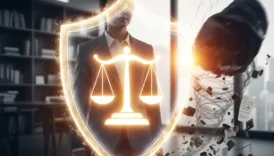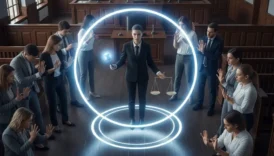What Is Restorative Justice?

Restorative justice is an alternative approach to handling crime and conflict that focuses on healing rather than punishment. Instead of only punishing offenders, it brings together victims, offenders, and the community to address harm, foster accountability, and promote reconciliation.
Simple Definition
Restorative justice is a legal and social practice that emphasizes repairing the harm caused by wrongdoing through dialogue, mutual agreement, and community involvement rather than solely through punitive measures.
Real-Life Examples
- Victim-offender mediation: A burglar meets with the homeowner to acknowledge harm and agree on restitution.
- School discipline: Instead of suspension, students who fight participate in restorative circles.
- Community programs: Juvenile offenders work with community members to repair damages.
- Truth and reconciliation commissions: Post-conflict nations use restorative justice to rebuild trust.
Importance of the Term
- Supports victims: Gives victims a voice and an opportunity for closure.
- Promotes accountability: Offenders take responsibility for their actions.
- Strengthens communities: Restores trust and relationships rather than dividing.
- Reduces recidivism: Studies show restorative justice lowers repeat offenses.
Key Principles of Restorative Justice
| Principle | Description |
|---|---|
| Repair | Focuses on repairing harm to victims and communities. |
| Accountability | Offenders acknowledge responsibility and make amends. |
| Inclusion | Victims, offenders, and communities all participate in the process. |
| Reintegration | Helps offenders return positively to society after accountability. |
FAQ
1) How is restorative justice different from traditional justice?
Traditional justice focuses on punishment, while restorative justice emphasizes healing and resolution.
2) Is restorative justice used for serious crimes?
Yes, though it is more common in juvenile or community cases, some serious crimes have been addressed with restorative methods.
3) Who benefits most from restorative justice?
Both victims and offenders, as it promotes healing, accountability, and reduced future harm.
4) Is restorative justice legally binding?
Agreements reached can be enforceable if incorporated into court orders.
5) Does restorative justice replace the legal system?
Not entirely. It is often used alongside or within the legal process as an alternative pathway.
Closing
Restorative justice is a forward-looking approach that shifts the focus from punishment to healing. By engaging victims, offenders, and communities in dialogue and solutions, it builds stronger relationships, reduces harm, and creates lasting change in the justice system.






